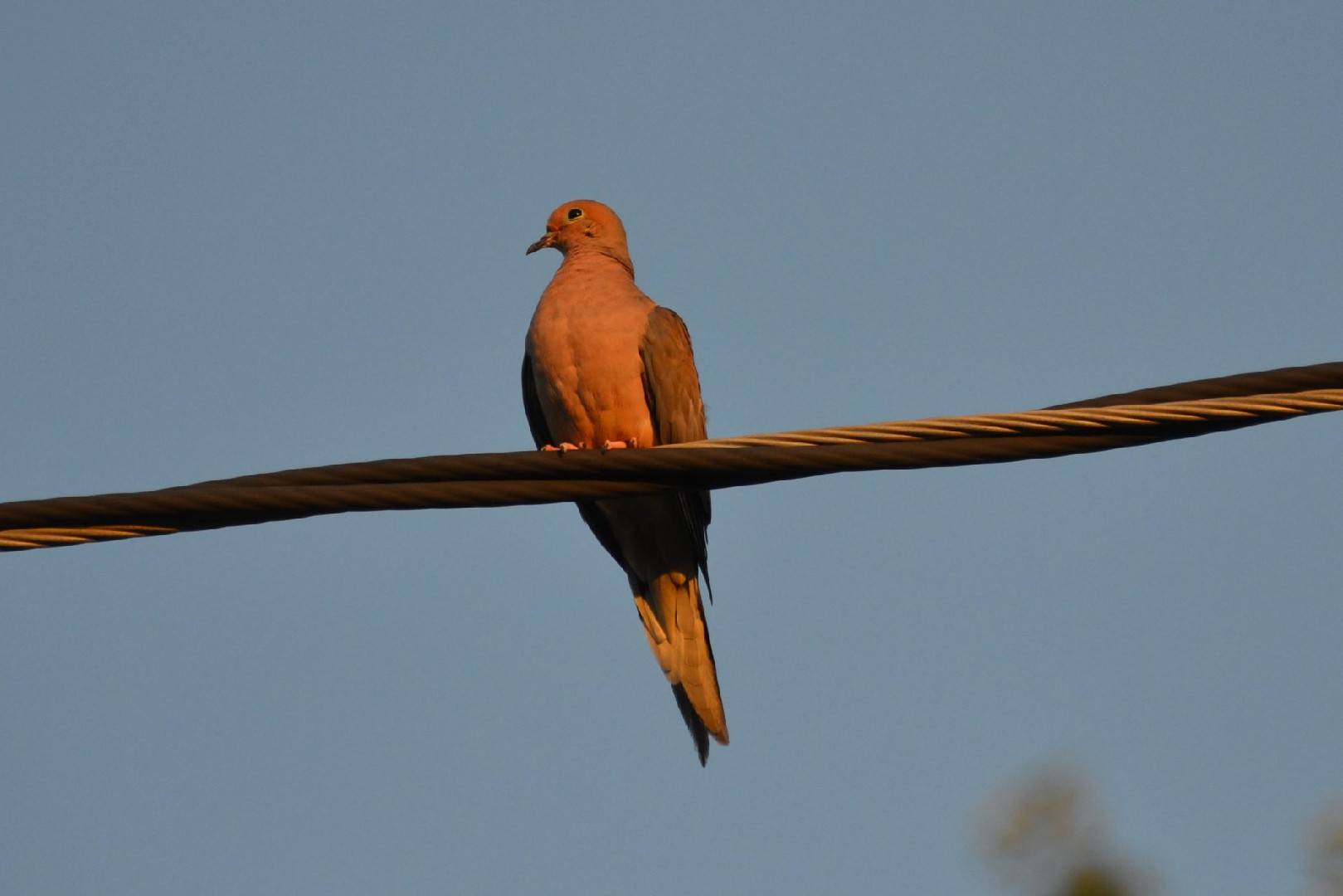Mourning Dove
A species of Zenaida Doves, Also known as Long-tailed Pea Dove, Carolina Pigeon Scientific name : Zenaida macroura Genus : Zenaida Doves
Mourning Dove, A species of Zenaida Doves
Also known as:
Long-tailed Pea Dove, Carolina Pigeon
Botanical name: Zenaida macroura
Genus: Zenaida Doves
Description
One of the most famous and widespread doves of North America, the mourning Dove can be often seen in urban areas perching on telephone wires. It is named after its distinctive, plaintive-sounding song. It is also a popular game bird, but its population is still abundant thanks to the prolific breeding and its ability to raise up to five to six broods in a single year.
Size
30 cm
Life Expectancy
19 years
Nest Placement
Tree
Clutch Size
2 eggs
Incubation Period
1 - 6 broods
Number of Broods
14 days
Nestling Period
12 - 15 days
Feeding Habits
Mourning Dove predominantly consumes seeds, which constitute 99% of their diet, including grains and peanuts. They also ingest wild plants and occasionally berries, snails, or insects. Mourning Dove consumes around 12-20% of their body weight daily. They forage on the ground and ingest grit for digestion.
Habitat
Mourning Dove are commonly found in a broad range of open and semi-open habitats including urban landscapes, farms, prairies, grasslands, and areas with light woodlands, but they tend to avoid dense forests and swamps. They are well-adapted to human-modified environments, often nesting in urban trees or near farmsteads. Mourning Dove prefer to roost in woodlots during winter months and primarily feed on the ground in grasslands, agricultural fields, backyards, and alongside roads. They inhabit regions at diverse altitudes, favoring temperate climates and various vegetation types.
Nest Behavior
Mourning Dove builds its nest over 2-4 days. The male provides materials to the female who constructs the nest. They sometimes reuse nests. Parenting is shared, with both incubating eggs and caring for the young.
Nest Characteristics
Mourning Dove's nest is typically located in dense foliage on a tree branch, or on the ground. Made from pine needles, twigs, and grass stems, it's a flimsy, unlined structure about 8 inches across, with little insulation for the young.
Dite type
Granivorous
People often ask
Migration Overview
Most mourning doves migrate along flyways over land. Spring migration north runs from March to May. Fall migration south runs from September to November, with immatures moving first, followed by adult females and then by adult males. Migration is usually during the day, in flocks, and at low altitudes. However, not all individuals migrate. Even in Canada some mourning doves remain through winter, sustained by the presence of bird feeders.
General Info
Feeding Habits
Bird food type

Black Oil Sunflower Seeds

Hulled Sunflower Seeds

Safflower
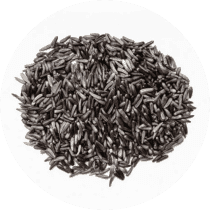
Nyjer
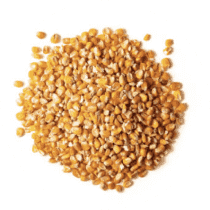
Cracked Corn
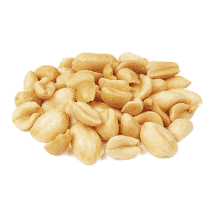
Peanut Hearts

Millet
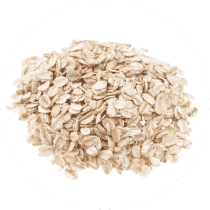
Oats

Milo
Bird Feeder Type

Large Hopper

Platform

Ground
Sounds
Song
Recording location: United States
Behavior
Mourning Dove are known for their ground-feeding habits, foraging openly by pecking or moving debris without scratching the soil. Their daily life includes routine periods of cooing from preferred perches, which males defend against rivals. They exhibit strong pair-bonding behaviors, exemplified by mutual preening and ritualistic head-bobbing accompanied by beak grasping. These habits, combined with the bird's interaction with its habitat, make the mourning Dove's behavior both distinctive and integral to its survival.
Distribution Area
The mourning dove has a large range of nearly 11,000,000 km (4,200,000 sq mi). The species is resident throughout the Greater Antilles, most of Mexico, the Continental United States, southern Canada, and the Atlantic archipelago of Bermuda. Much of the Canadian prairie sees these birds in summer only, and southern Central America sees them in winter only. The species is a vagrant in northern Canada, Alaska, and South America. 
Species Status
The number of individual mourning doves is estimated to be approximately 475 million. The large population and its vast range explain why the mourning dove is considered to be of least concern, meaning that the species is not at immediate risk. As a gamebird, the mourning dove is well-managed, with more than 20 million (and up to 40–70 million) shot by hunters each year. 
Scientific Classification
Phylum
Chordates Class
Birds Order
Pigeons and doves Family
Dove Genus
Zenaida Doves Species
Mourning Dove 